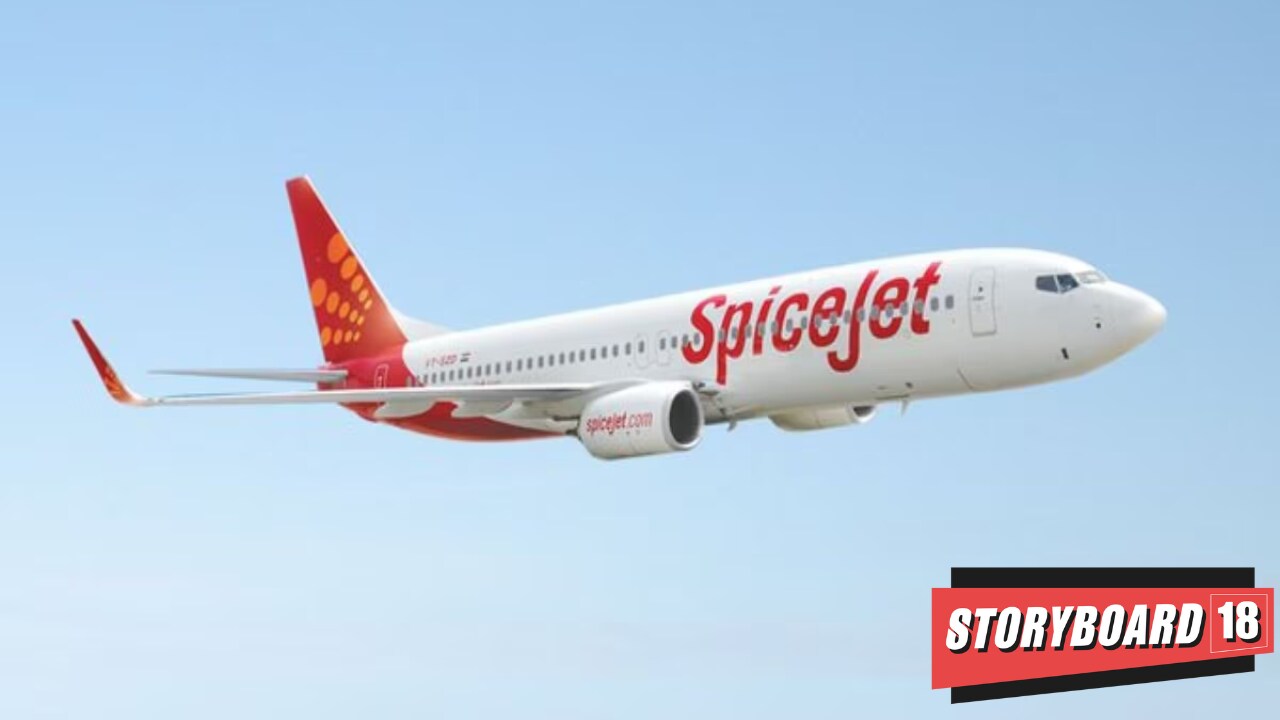Exploring SpiceJet’s journey in India’s aviation scene reveals a story of change, hurdles, and adaptability. Born out of ModiLuft’s legacy in 2005, SpiceJet began anew under Ajay Singh’s leadership. Through smart partnerships, growing its fleet, and handling challenges well, SpiceJet adjusted to the ups and downs of the industry. Looking at SpiceJet’s progress, we see how it tackled tough situations and kept moving forward, reflecting the realities of today’s aviation world.
1984–1996: ModiLuft Era:
Establishment of ModiLuft (1984): ModiLuft was founded by Indian industrialist S.K. Modi, aiming to tap into the emerging market for air travel services in India during the 1980s. The company initially focused on providing private air taxi services, catering to business travellers and high-end clientele.
.
Partnership with Lufthansa (1993): In a strategic move to enhance service quality and operational standards, ModiLuft entered into a technical partnership with Lufthansa, one of the world’s leading airlines. This collaboration leveraged Lufthansa’s expertise and best practices in aircraft maintenance, operations, and customer service.
Operational Challenges and Cessation (1996): Despite the initial promise and strategic partnerships, ModiLuft faced numerous challenges, including regulatory complexities, financial constraints, and operational inefficiencies. These factors ultimately led to the cessation of ModiLuft’s operations in 1996, marking the end of an era in India’s aviation landscape.
2005–2013: Inception and Expansion:
Acquisition and Rebranding (2004): Following the acquisition of ModiLuft’s assets by Ajay Singh, SpiceJet emerged as a new player in India’s aviation market. Under Ajay Singh’s leadership, the airline was rebranded as SpiceJet, signalling a fresh start and a commitment to revolutionise the Indian aviation industry.
Commencement of Operations (2005): SpiceJet officially commenced operations with a modest fleet of Boeing 737-800 aircraft leased. The inaugural flight between Delhi and Mumbai marked the beginning of SpiceJet’s journey to provide affordable air travel options to Indian consumers.
Rapid Market Penetration (2008–2010): SpiceJet experienced rapid growth and market penetration, establishing itself as one of India’s prominent low-cost carriers. The airline expanded its route network, introduced innovative pricing strategies, and capitalised on the growing demand for air travel among India’s burgeoning middle class.
Strategic Partnerships and Fleet Expansion (2010–2013): SpiceJet forged strategic partnerships with key investors, including Kalanidhi Maran’s Sun Group, which injected capital and resources into the airline’s operations. Additionally, SpiceJet placed significant orders for Boeing and Bombardier aircraft, signalling its ambitious plans for fleet expansion and modernization.
2014–present: Downturn and Recovery:
Ownership Restructuring (January 2015): Amid financial turbulence and operational challenges, SpiceJet changed ownership as Ajay Singh acquired the Sun Group’s entire shareholding. This strategic move was aimed at stabilising the airline’s operations and charting a course for recovery and growth.
Expansion and Fleet Diversification (2017–2019): SpiceJet embarked on an aggressive expansion strategy, diversifying its fleet with the acquisition of Q400 turboprop aircraft and capitalizing on the vacuum created by the grounding of Jet Airways. The acquisition of Jet Airways’ aircraft allowed SpiceJet to bolster its market position and expand its route network, cementing its status as a key player in India’s aviation sector.
Challenges Amid the COVID-19 Pandemic (2020–2021): Like many airlines worldwide, SpiceJet faced unprecedented challenges during the COVID-19 pandemic. The sharp decline in air travel demand, travel restrictions, and operational disruptions resulted in significant financial losses and revenue contraction. SpiceJet implemented cost-cutting measures, streamlined operations, and sought financial assistance to weather the storm and ensure its long-term sustainability.
Regulatory Scrutiny and Operational Resilience (2022–present): SpiceJet navigated regulatory scrutiny and operational challenges, including safety investigations by the Directorate General of Civil Aviation (DGCA) into aircraft malfunctions and restrictions on flight operations. The airline remained focused on enhancing safety protocols, optimising operational efficiency, and regaining consumer trust amidst a rapidly evolving aviation landscape.
The airline’s evolution reflects the dynamic nature of the aviation industry and the complex interplay of market forces, regulatory frameworks, and operational realities shaping the trajectory of airlines in the 21st century.
Read More: Layoffs: Cash-strapped airline SpiceJet to layoff about 1,400 employees
